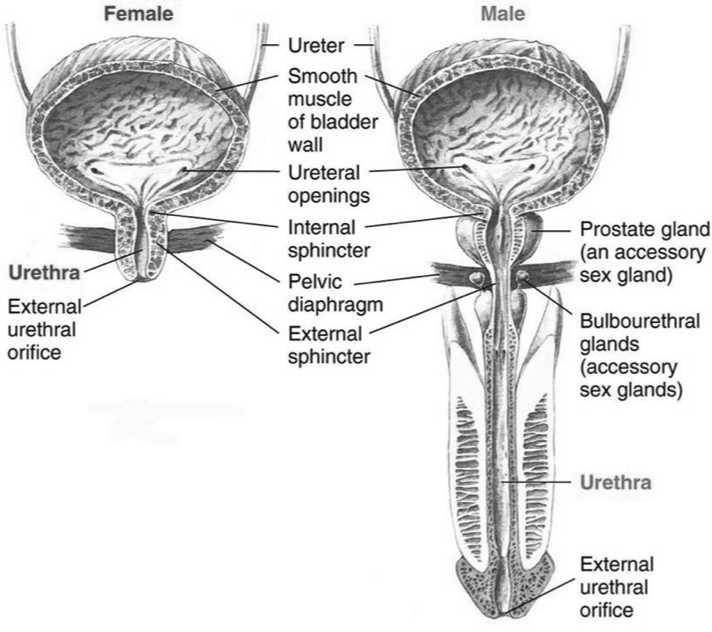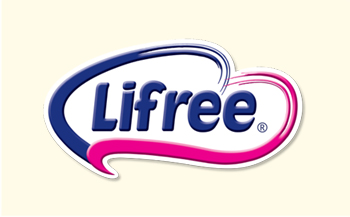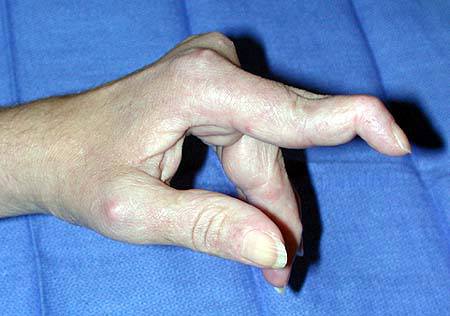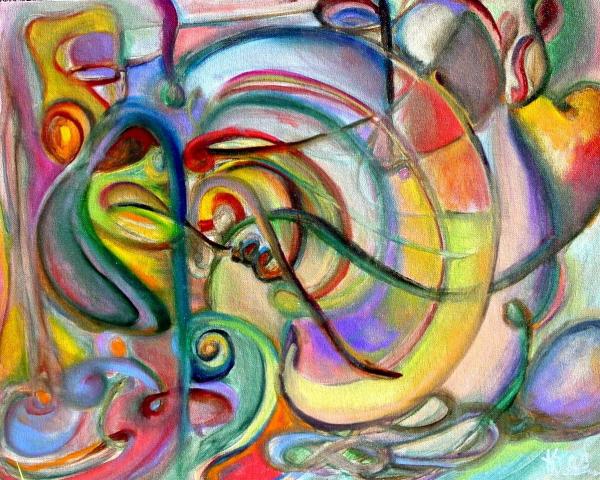Autonomic Bladder
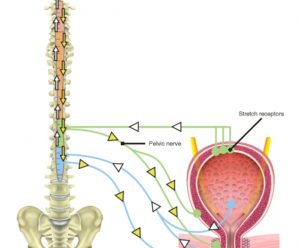
Micturition reflex
The autonomic regulation of bladder is an interplay between the voluntary motor system, and the involuntary operating sympathetic and parasympathetic nervous system. The micturition center in the spinal cord is at the level S2-S4.
For more details about micturition reflex: http://tube.medchrome.com/2012/03/micturition-reflex-animation-video.html
Autonomic bladder
Neurogenic bladder is a malfunctioning bladder due to any type of neurologic disorder. Spinal cord lesions above the sacral level causes automatic bladder, a type of neurogenic bladder which has already been discussed and compared with autonomic bladder earlier.
Autonomic bladder in injuries at or below S2. The bladder reflex center is destroyed. It now depends on the intrinsic plexus in the musculature of the bladder wall (detrusor ganglion). If a sensory neurogenic bladder is present, the affected individual may not be able to sense when the bladder is full. In the case of a motor neurogenic bladder, the individual will sense the bladder is full and the detrusor may not contract, a condition known as Detrusor Areflexia. These individuals have difficulty eliminating urine and experience overflow incontinence; the bladder gradually overdistends until the urine spills out. There is a large amount of residual urine in this condition.
Common causes:
- Sacral cord tumor
- Herniated disc
- Spinal cord injuries
- After lumbar laminectomy
Management
Overflow incontinence may be treated with some type of catheter regimen.
Absorbent pads and internal and external collecting devices have an important role in the management of chronic incontinence. LIFREE is one of the known brands that provide the best adult diaper solutions for your Autonomic bladder problems.
The criteria for use of these products are fairly straightforward, and they are beneficial for women who meet the following conditions:
-
Failure of all other treatments and persistent incontinence
-
Illness or disability that prevents participation in behavioral programs
-
Inability to benefit from medications
-
Incontinence disorders that cannot be corrected by surgery
-
Awaiting surgery
For more details about absorbent pads reflex: https://www.youtube.com/watch?v=2XTI1YGPA34

